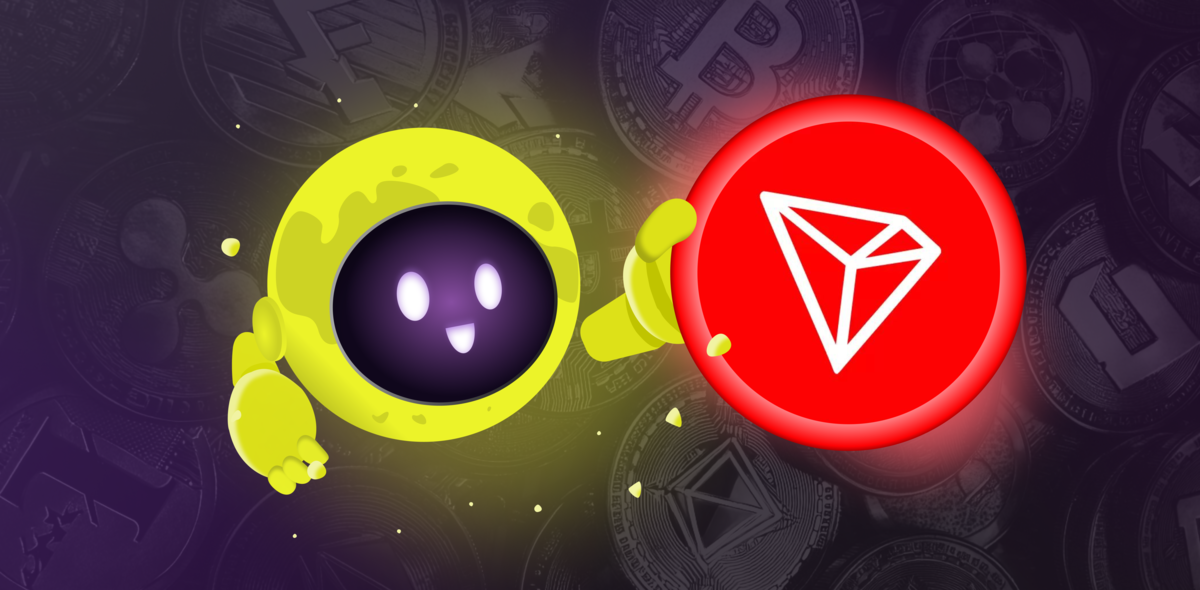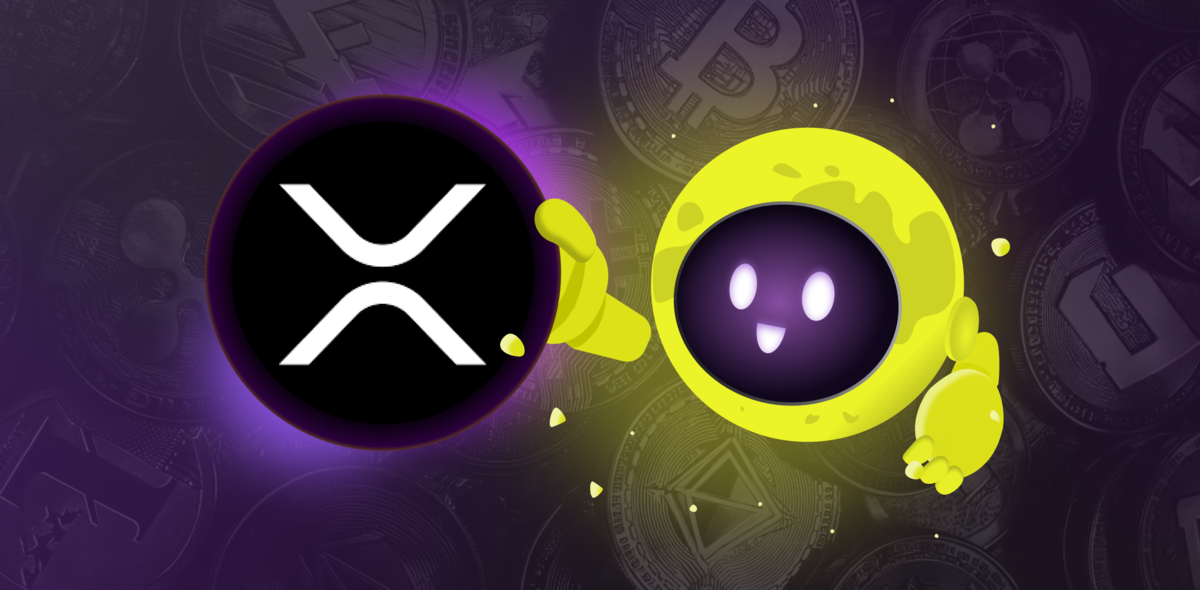
The transition from Proof-of-Work (PoW) to Proof-of-Stakes (PoS) is the most important and difficult upgrade in the history of Ethereum. The process that has been going on for seven years has reached the finish line.
In the past, the upgrade was called differently: Serenity, Casper, Shasper, Ethereum 2.0, and, finally, "merger" (The Merge).
The update will change the consensus mechanism that defines the principles of transaction validation and block release.
Since 2014, developers have explored the possibilities of PoS as an alternative to PoW systems. Due to the novelty and lack of study of the new algorithm at that time, the air was launched in 2015 based on Ethash technology based on Proof-of-Work.
In the same year, the developers presented an ambitious roadmap, where the final stage of development was called Serenity. It involved a complete transition from Ethash to a stable PoS algorithm.
One of the main motives is to improve Ethereum's energy efficiency. Developers expect that thanks to The Merge, electricity costs will be reduced by more than 99.9%. Instead of miners, validators will play a central role in the network, each of which requires 32 ETH in the form of collateral.
According to Galaxy Digital Research researchers, the upcoming upgrade will not change the algorithms of user interaction with dapps. Customers of exchanges, custodial services, as well as ordinary ETH holders will not be required to move their coins anywhere.
In the second half of May, Ethereum creator Vitalik Buterin said that the blockchain's transition to the Proof-of-Stake algorithm would take place in August, but he did not rule out that in case of any problems, the update would be postponed for a month or two. And these problems arose, so in August Ethereum 2.0 should not be expected for sure — this is good news about Ethereum for miners, but disappointing for the community, which has long awaited the transition to the "green" algorithm Proof-of-Stake instead of the current energy-intensive Proof-of-Work.
Recently, the Ethereum team completed the transition of the Goerli test network to the Proof-of-Stake consensus algorithm. Against the background of a successful merger, following the results of recent discussions of the team, the date of transition to the PoS of the main network was postponed to an earlier date.
The developers called the likely transfer date: September 19, 2022. When everything is ready, the main Ethereum network will "merge" with Beacon Chain, becoming its fragment, which uses proof of ownership instead of proof of work.
The core network will bring the ability to run smart contracts to the proof of ownership system, as well as the complete history and the current state of Ethereum, to ensure a smooth transition for all ETH holders and users.
What Is Network Merger, Transition to POS, and Why Are They Needed?
Since April 2022, Ethereum has been running two parallel blockchains, one that operates using proof of work, and a test chain that operates via proof of stake. Ethereum Merge or Ether Merge is the process of merging the Ethereum main network with the Beacon test network, which is based on Proof-of-stake (PoS) and will become the main one after the merger.
Visually, users should not notice anything, but what the future of Ethereum will be — so far it is difficult to say since this event is unprecedented.
Today, the Ethereum blockchain works according to the Proof of Work algorithm, and in September it will switch to the Proof of Pack algorithm. After the transition, miners and the computing power they generate will no longer be needed to maintain the Ethereum network.
The network will be supported by "validators" — that is, simply cryptocurrency owners. The developers claim that this algorithm is more fair, reliable, fast, and most importantly — much less energy-intensive.
Also, when switching to Proof-Of-Stake, ETH is likely to be mined more slowly and burned at the same rate as now and the price of the asset will increase. If before the merger, the aggregate block reward for ETH miners is about $13,000 ETH per day, after the merger, not only miners will disappear as a source of pressure on the price, but also the new number of issued $ ETH will fall to 1,500 per day. This decrease of ~ 90% corresponds to about three Bitcoin halves. This is sometimes called triple halving. If you subtract from this ~ 8,000 burned $ ETH per day, then it can be assumed that the existing emission will decrease by about 1–2% per year.
How Will the Transition from PoW to PoS Take Place?
We can look at this both from ordinary users/holders and from miners. If nothing fundamentally changes for ordinary users, then for miners, the transition of air from PoW to PoS will become a problem, since they have invested millions of dollars in their farms.
Recently, the cryptocurrency exchange Binance said in its blog that it was ready to support the transition of Efirium from the Proof-of-Work (PoW) algorithm to the Proof-of-Stake (PoS) algorithm. The platform will also support opponents of the merger, who plan to continue to use PoW and create forks of the network.
An open letter from the ETHPow project, one of the largest players in the Chinese mining market, says:
"How will ETHPoS develop in the next five years and will ETHPoS still exist? This is all uncertain. We believe that we must unite to make a backup for the decentralized world of DeFi and NFT, compete with ETHPoS together, and leave the world with another opportunity "
The creator of Ethereum, Vitalik Buterin, spoke about this transition back in 2015, but since some people do not agree with the transition of the broadcast to consensus PoS the Ethereum hard fork will also be made at the time of the transition.
This means that we will have two different blockchains: the original Proof-Of-Work Ethereum and the new PoS Ethereum.
After the fork, everything that was in ETH ERC: 20 will also be duplicated in the new network.
Because of this, there may be many misfortunes, since the prices of the same assets will differ in these two networks. If everything was not so obvious here, then you would have to watch the market and watch which network people choose the main one. Since if we had USDC 50 000 000 000 that is backed by the dollar and other assets, and after the fork, they are already twice as many, then in one of the networks they are not supported by anything. As Vitalik Buterin said, "where will the USDT and USDC go that blockchain will be the main one."
Therefore, it is likely that stablecoins in the POW network will be empty. This situation will be with all other assets in the PoW network, as fewer projects will support it. The same situation with NFT on PoW, they will have no value, just like the JPEG itself downloaded with Opensea.
Switching to PoS: Pros and Cons
The most obvious advantages are:
- Higher reliability due to the responsibility of validators;
- Expensive equipment and electricity for production are not required;
- Increase the speed of Ethereum 2.0;
- Additional revenue for validators;
- Strengthening the effect of decentralization;
- Substantial reduction of commissions.
Several of the disadvantages are distinguished:
- You must have a large amount in ETH or join a staking pool;
- It will not be possible to quickly withdraw the earned funds (coins will be blocked for a year and a half, this time will be required to merge the old and new versions);
- Low liquidity of stealing (according to the developers, the yield will not exceed 5%).
But it can be noted that the low profitability of staking can be offset by an increase in the price of the new version of Ethereum.
Low throughput and high commissions became the main problem of Ethereum 1.0, so it is not surprising that project 2.0 began to gain popularity since commissions should significantly decrease and the speed of work should increase.
Answers to Frequent Questions about Ethereum Merge
Why is Merge so discussed?
Blockchains do not change so often so fundamentally. In the history of the crypt, not a single blockchain, especially so large, popular, and ecosystem, has not undergone such significant changes.
There are many risks associated with possible different errors, and this is one of the main reasons why switching to PoS took so long.
How will Merge affect ETH?
Merge will reduce annual ETH emissions from 4.3% to 0.43%. This is due to the efficiency improvements provided by the consensus mechanism. PoS provides a high level of blockchain security with lower costs, accordingly, it allows you to pay less for network security.
In total, switching to PoS reduces emissions by more than 90%.
Why does Merge make ETH deflationary?
Almost exactly a year ago, on August 5, 2021, Ethereum introduced the EIP-1559 update, which changed the way transaction fees are managed in Ethereum. Instead of simply paying the entire transaction fee to miners, a certain part is now burned.
After Merge, ETH emissions fall by more than 90%, proportionally increasing the amount of ETH burned in each unit.
When the Ethereum gas charge is 7 gwei or higher, the ETH combustion rate becomes higher than the ETH emission rate, resulting in a decrease in ETH supply.
Does Merge reduce fees?
No. This is a misconception that arose due to confusion between the concepts of "Ethereum 2.0" and "Merge."
"ETH 2.0" is the definition of the future of Ethereum, which is no longer used in the Ethereum community. "ETH 2.0" would be correct to refer to a future version of Ethereum, which will include PoS and sharding.
For a while, it was believed that PoS and Sharding would appear at the same time. As research progressed, developers realized that they could split these updates into pieces and implement them separately.
Sharding will lower gas charges on L1, but a larger decline for end users will eventually occur on L2, such as Optimism, Arbitrum, Polygon, StarkNet, zkSync, or other L2.
The decision to reduce the level of commissions was never to reduce them by L1. The main idea was to transfer users to L2 and allow them to enjoy fast and cheap transactions.
Does Merge increase transaction speed?
This slightly affects the last item. After Merge, the block production time will become slightly faster (from 13.6 seconds to 12 seconds), and this is a very insignificant indicator.
A 12% increase in transaction throughput results in a 12% reduction in gas costs. Accordingly, we will not feel a tangible decrease in commissions.
Does Merge reduce Ethereum's energy consumption?
Yes. This is one of the most important advantages of Merge and PoS. After Merge, Ethereum will consume about 99.95% less energy than it does now. PoS protects blockchain with capital, not energy.
Ethereum will become the most environmentally friendly financial system the world has ever seen.
What effect can we expect from the price of ETH?
At the moment, probably, there will be no serious shocks, since the macro situation remains the most important for the entire market, even for the main cryptocurrency market.
Serious discussions are underway about how the merger will affect the price. Many point out that many who have Ethereum in steaking end up pouring them into the market.
In reality, however, there will be no immediate unlocking, and we believe that the incentive to delegate to stealing, unless there is a sharp change in trend, will be much higher than the desire to sell.
And if this happens in the more interesting phases of the market, then this could be a serious impetus for the growth of the ETH price in the market.




